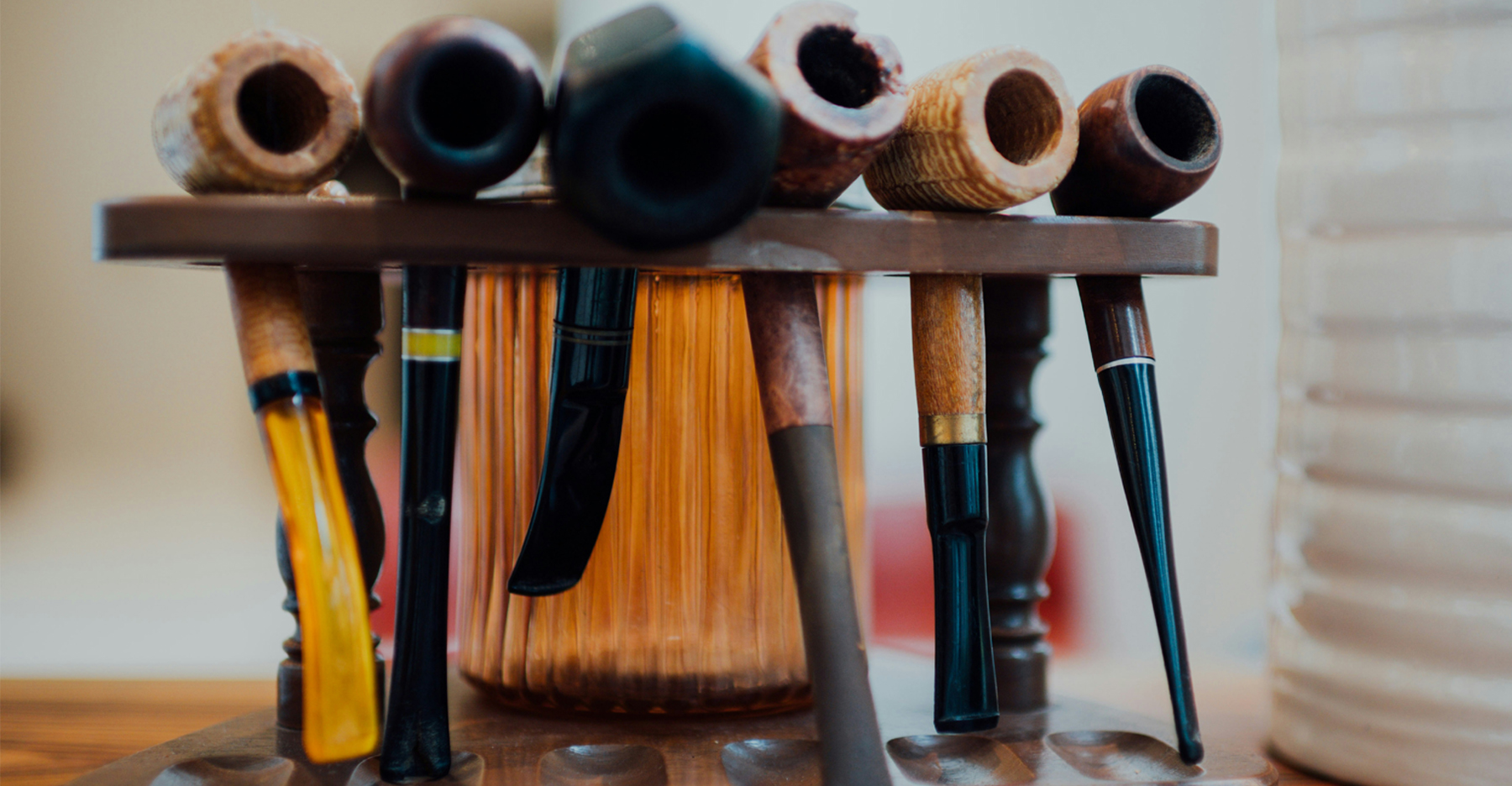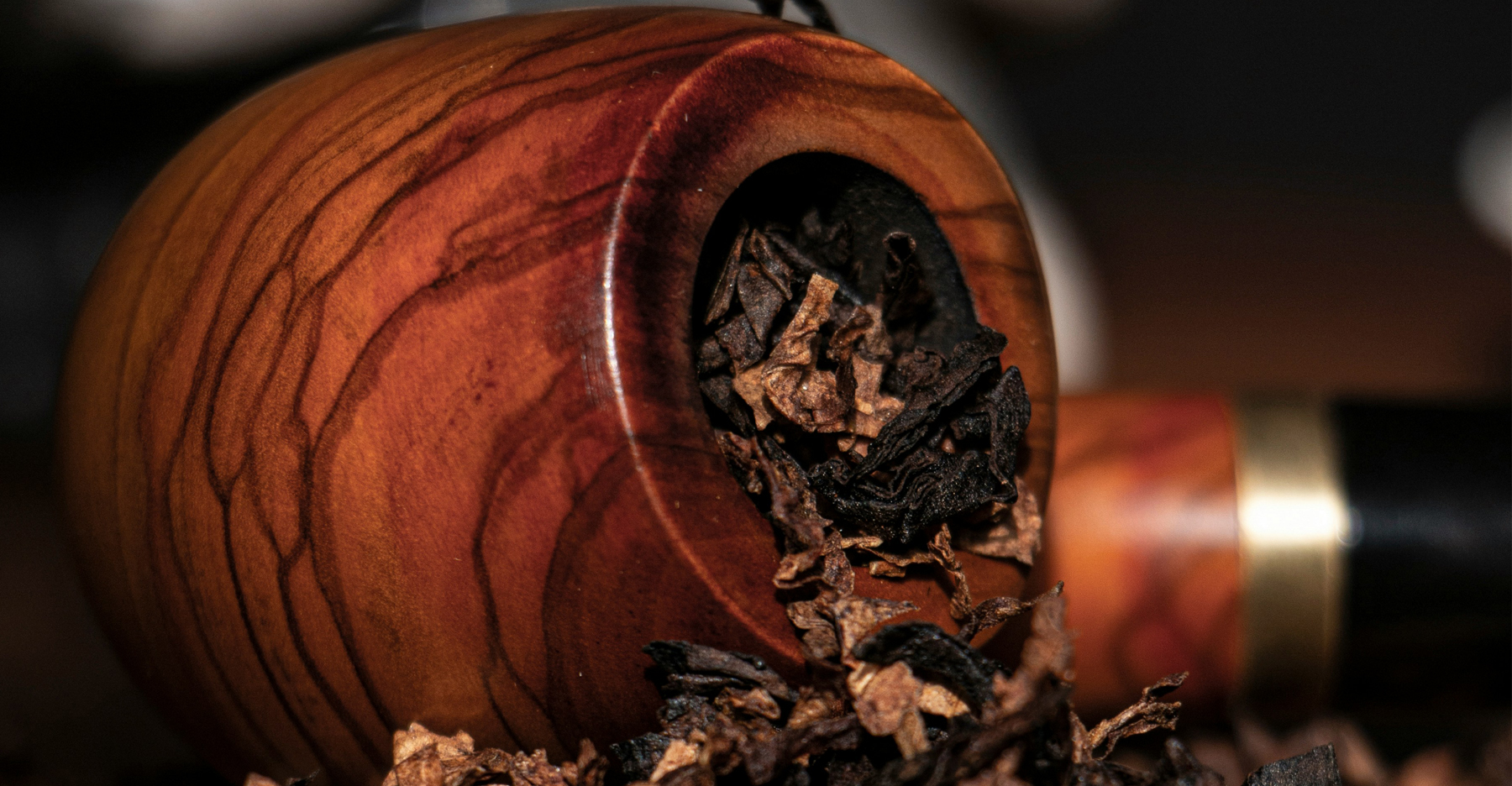History Page

What is Briar?
The story of briar wood begins in the rocky hills of the Mediterranean basin, where the Erica arborea — a wild heath tree — grows slowly and stubbornly in poor, sun-baked soil. Beneath the surface, this plant forms a dense, knotted root burl known as briar, prized for its remarkable hardness, lightness, and heat resistance.
Before the 19th century, pipes were often made of clay, meerschaum, or cherry, apple, pine, olive, or even oak wood — beautiful, but not as durable as the effort put into making them.
What's your favorite material for pipes? Send me your answer by email.
Briar Revolution
Around the mid-1800s, craftsmen in Saint-Claude, France, discovered that the root burl of the briar tree could be shaped and polished into bowls that not only resisted heat and moisture, but also developed a rich patina over time. The discovery transformed pipe making forever.
Briar combined the warmth of nature with the endurance of stone — it could withstand the heat of tobacco, breathe gently, and age gracefully. By the late 19th century, briar had become the gold standard for quality pipes across Europe and beyond. Today, more than a century later, each briar pipe still carries the legacy of that discovery — a union of earth, fire, and patience, where the roots of a Mediterranean shrub are reborn as instruments of quiet contemplation.
Fact: Briar has a unique natural texture, with each piece being distinct.
